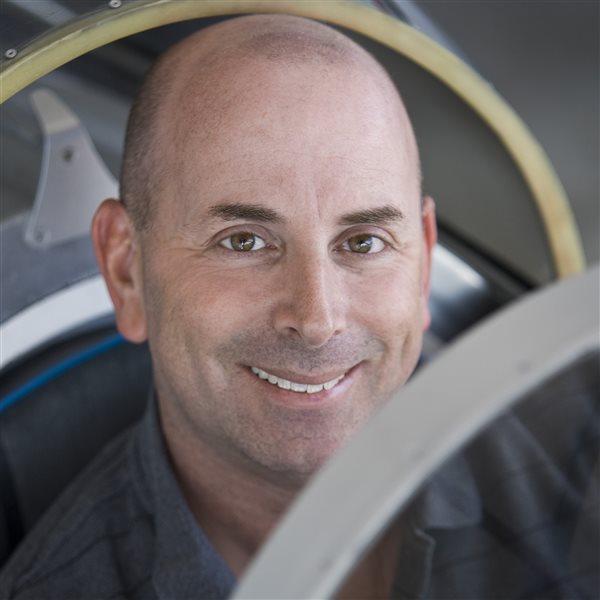Unusual Attitude: Short takes

[email protected]
The biggest lies we tell prospective pilots is that learning to fly is easy, and that anyone can do it. The truth is that learning to fly is difficult, time consuming, and expensive. Most who attempt the task don’t complete it, and not everyone can (or should) fly airplanes.
The best reasons to learn to fly: You want to confront a big challenge, and you’d feel like an incomplete person if you didn’t at least try.
How to turn a timid student into a tiger? Throw a roll of toilet paper out the window, let it unfurl, and have the student slice it with the wings. They’ll go after it like a terrier chasing a rat.
What if you don’t have a roll of toilet paper? Have your students follow a twisting, turning river while keeping the airplane precisely over the middle. They’ll bank aggressively and pull hard while keeping their eyes outside. It’s a valuable exercise that also illustrates that the elevator turns the airplane, not the ailerons.
The trick to smooth landings: Don’t land. Try to fly one foot off the runway surface for the entire length and be surprised when the main tires roll on.
Don’t be an A-to-B pilot. Be an A-to-Z pilot. Learn broadly and have as many varied aviation experiences as possible. Tailwheels, aerobatics, seaplanes, gliders, turboprops, antiques, experimental designs, and jets are all fair game. Try to have as many experiences as you can.
The biggest obstacle to pilot learning is thinking the certificates we’ve already obtained make us experts. Curiosity and humility are essential to continuing education.
The only two bits of aerodynamic theory pilots really must understand: angle of attack, and the total drag curve. Get those concepts down and you’ll be able to expand your airplane’s range, endurance, and performance.
There’s no correlation between a pilot’s confidence and his or her skills. Many skilled pilots lack confidence, and some confident pilots lack skills.
The most simple, elegant, and truthful aircraft instrument is a yaw string.
The foundation of formation flying is trust. Without trust in your fellow pilots, other skills are irrelevant.
The best advice for living a long, rewarding, and contended life of aerobatic flying: Get good instruction, buy a purpose-built aerobatic airplane, and don’t do airshows. Aerobatic flight in acrobatic category airplanes at legal altitudes is remarkably safe.
GPS navigation, in-cockpit weather information, graphical terrain maps, solid-state air data computers, and digital autopilots are extraordinary safety tools. Digital autopilots are also pretty cool, too.
Radio navigation has outlived its usefulness. WAAS GPS makes VORs, localizers, and even ILS obsolete. Radio technology was tremendous in its time, but its time is up. If radio navigation disappeared tomorrow, most of aviation wouldn’t notice or care.
The golden age of aviation is right now.
Airplanes are too expensive, and they’re too cheap. The fact that these things last for a half-century (or more) hurts the value equation for new ones. And the fact that there are so few new ones, and that they’re so costly, keeps the old ones around forever.
Moderation is a worthy life goal, but not when it comes to the centerline. Be a zealot for the centerline. Make every landing an accuracy landing and you’ll be ready if you’re ever called upon to land on an uncomfortably narrow surface.
Expect that, someday, you’ll be called upon. FT



